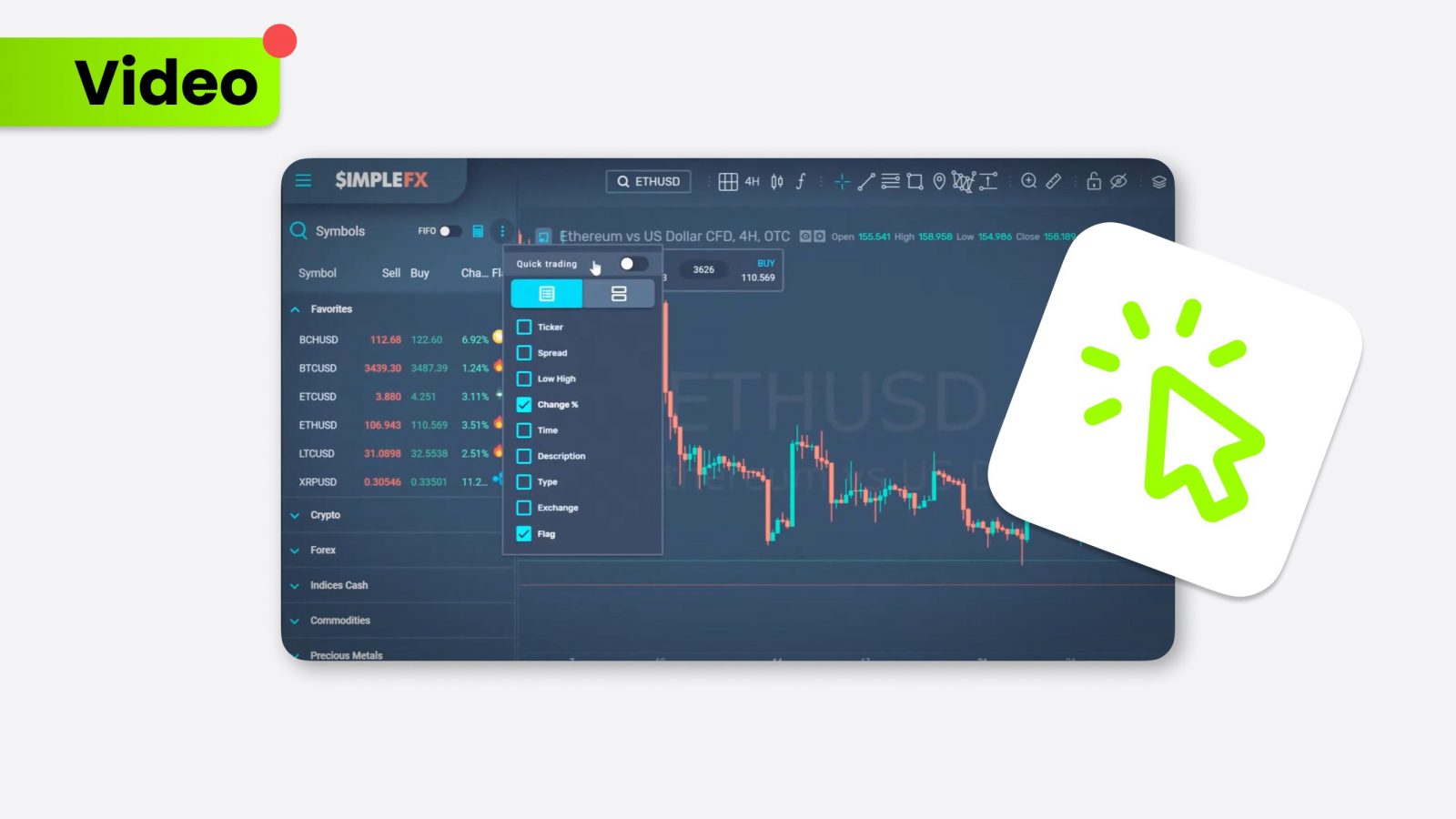Several essential events have shaped the American (and, eventually, worldwide) economy. Introducing the gold standard was one of the crucial milestones that built the power of the United States.
- The gold standard has deeply influenced the monetary systems and economic policies in the U.S.
- By stabilizing the U.S. Dollar, the gold standard played a crucial role in controlling interest rates and inflation.
- The linkage of currency to gold significantly impacted precious metals, broader commodities, and forex markets.
What is the gold standard?
The gold standard is a monetary system in which a country’s currency value is directly linked to gold. Under this system, the government agrees to redeem currency for its value in gold. Although the concept of a gold standard sounds like a singular event, it represents an economic policy framework that has evolved over centuries.
The origins of the gold standard in the United States can be traced to the Coinage Act of 1792. This pivotal legislation in the USD history established a fixed gold standard in conjunction with bimetallic standards based on both gold and silver.
However, the gold standard as a modern economic initiative took on new dimensions with the Bretton Woods Agreement in 1944—this agreement among global powers established fixed exchange rates between currencies and the U.S. Dollar. While the Bretton Woods system was a far cry from the simplicity of early gold-based currency systems, it highlighted the enduring importance of gold in global financial stability.
How did gold standard acts impact the U.S. economy?
The influence of the gold standard on the U.S. economy can be seen through various economic indicators and institutions. For example, it played a crucial role in shaping policies at the Federal Reserve (FED), which manages the country’s interest rates and monetary policy to control inflation and unemployment.
Furthermore, the gold standard impacted the U.S. dollar’s performance in foreign exchange markets. By anchoring the dollar to gold, the U.S. established a level of trust in its currency that is foundational for forex basics. This trust was instrumental during negotiations that led to the formation of the International Monetary Fund (IMF).
Additionally, indicators like Non-Farm Payroll (NFP), which reports on U.S. employment excluding farm-related jobs, reflect broader economic stability. Economists and investors closely watch these metrics to analyze the health of the economy and the strength of the dollar.
Gold standard agreement and other markets
The gold standard agreement significantly influenced various markets, particularly commodities and metals, throughout the 20th century. By tying currencies to the value of gold, the agreement inherently linked the fortunes of gold to those of numerous other commodities.
As gold served as a benchmark for currency values, other precious metals like silver also found their valuations swayed by the movements in the gold market. The correlation between gold and silver prices meant fluctuations in the gold market due to changes in the gold standard.
The repercussions extend beyond precious metals, affecting broader commodity markets, including oil and agricultural products. The stability provided by the gold standard helped stabilize commodity prices to an extent.
In the forex market, the reliance on gold linked the forex basics closely with gold price movements. Currencies that were part of the gold standard saw their forex values directly impacted by changes in gold reserves and policies.
Gold standard: Conclusion
The gold standard established a framework of trust and stability in the U.S. Dollar, profoundly affecting monetary policy, forex markets, and the global economic structure. Its historical and long-term influences remain evident in the enduring stability of financial markets, the strategic policies of the Federal Reserve, and the dynamics of international trade and commodities markets.





















































